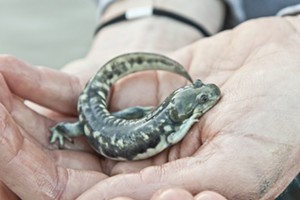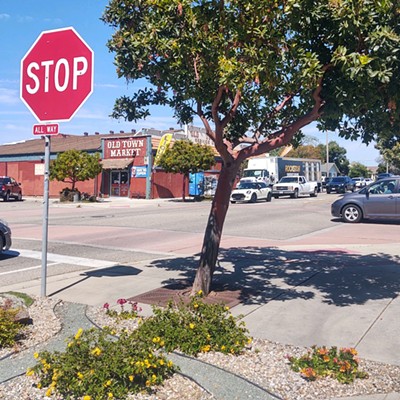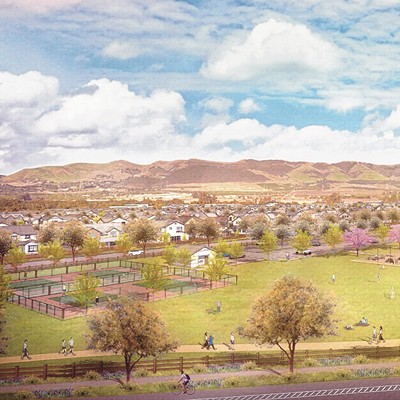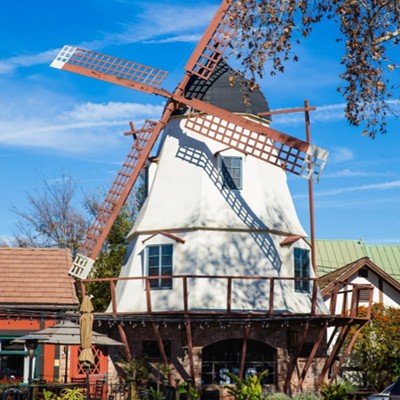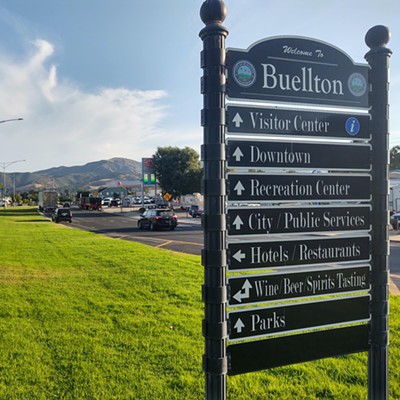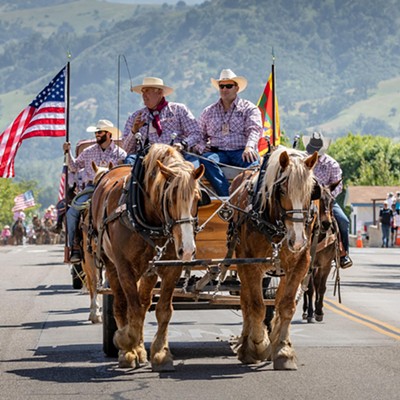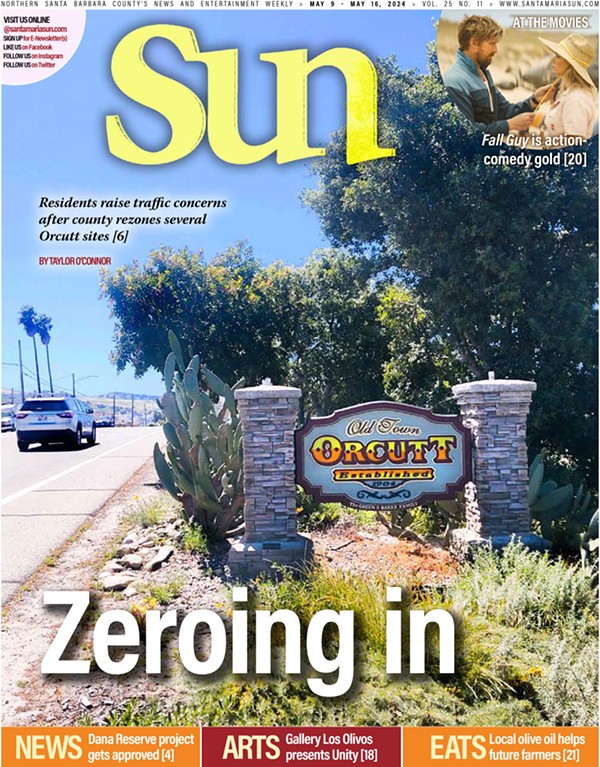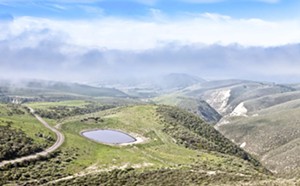
The view from the passenger seat of the SUV I’m riding in is absolutely breathtaking: Two sandy, chaparral-covered hillsides converge into a sharp V through which w aves of green vineyards and golden brown hills are visible.
We’re making our way up to a grassy plateau among the Purisima Hills for a barbecue. This might sound like an out-of-the-way place to have a cookout, but this location is special—it’s part of the first-ever wilderness conservation bank in Santa Barbara County.
Approved by both federal and state wildlife agencies, La Purisima Conservation Bank permanently protects 853 acres of grasslands and woodlands from development. Unlike other protected places in the county, it also provides local developers, government agencies, and oil companies a way to mitigate their projects’ negative environmental impacts.
Here’s how the bank works:
Almost all developers are legally required to mitigate damage done by construction and other activities to the land they develop. They typically do this by planting trees or creating other replacement habitats for protected species, such as the California tiger salamander and the red-legged frog.
Now local developers can buy credits to meet their mitigation requirements that represent habitat that’s perpetually protected by a land easement.
“The ecological integrity of this land is deeper [than other areas] because it’s all connected and it has multiple ponds,” said Bruce Reitherman, conservation manager for The Land Trust for Santa Barbara County, of the Purisima land.
There are 15 ponds on this property, which also serves as a working cattle ranch owned by Brian Sweeney. The ponds do double duty as watering holes for steers and as breeding ground for salamanders.
“The [habitat] requirements aren’t that different than running a cattle ranch; you just need to maintain the water,” Reitherman said. “You’d think that [the salamanders] wouldn’t like the water because it can get pretty murky, but they love it.”
He explained that the replacement ponds developers usually help create are fragmented. He called the resulting effect “a mosaic of a bunch of tiny salamander populations.”
“This land is preserved and it’s all contiguous,” Reitherman said. “It lays like a saddle over the hills that separate Lompoc from Los Alamos.”
He added that, in terms of conservation, “It allows more bang for your buck. It’s worth more as a whole rather than having [the habitat] scattered all across the Santa Maria Valley.”
Debra Geiler with Conservation Land Group said establishing a conservation bank is “a super onerous process” that can take years of planning. She said projects like these can sometimes turn a profit for the investor, but that that isn’t always the case.
“Because this property is so large, it will take us years to sell it. There may never be enough demand,” Geiler said. “So there is an opportunity to make a profit, but it’s a big risk.”
There are currently close to 70 conservation banks in California, the majority of which are in Northern California. According to the website, mitigationbanking.org, some environmental groups remained opposed to the concept because “they see it as a way of enabling development much as they once opposed emissions trading as being a ‘license to pollute.’” Others are opposed to it because it permanently changes the purpose for which the land can be used.
At the barbecue, Sweeney told me he jumped at the opportunity to buy the land and to convert it to a conservation bank because he “always wanted to own a ranch” and he got “the chance to help protect a threatened species.”
The real-estate-investor-turned-rancher bought the property about three years ago and immediately started working with The Land Trust and the Land Conservation Group to establish it as a bank.
“Of course, it’s taken us longer than we thought it would, and it’s been more expensive than we thought it would be, but in the end it’s still a very satisfying process,” said Sweeney, who has helped acquire and protect close to 9,000 acres of coastal California property.
The first agency to buy mitigation credits through the bank was the city of Santa Maria, which bought 69 unit-acres for the Union Valley Parkway project.
Ben Oakley—the ERG employee who gave me a ride up to the plateau in his SUV—said his company is currently considering buying credits, too. The Santa Maria-based oil and gas operator has several projects in the pipes that will need environmental mitigation.
“It’s a means for us to mitigate impacts that wasn’t available to us in the county before, so, yeah, it’s definitely an opportunity,” Oakley said.
Contact Managing Editor Amy Asman at [email protected].


